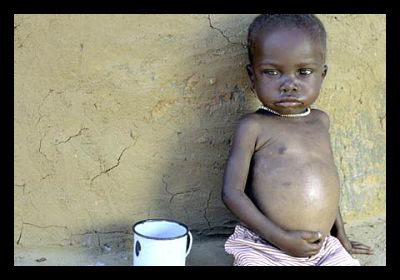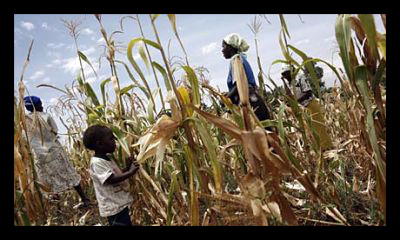Situated between Sudan and Ethiopia in the Horn of Africa, Eritrea is a nation of both plenty and dearth. Food grows abundantly in the nation’s nutrient-rich fields, but nearly every year, Eritrea makes global headlines for a hunger crisis.
A particularly severe food shortage in 2011 left as many as two-thirds of Eritreans hungry. Last year’s shortage was among the worst in Africa–only Comoros and Burundi had more serious food insecurity–and was classified as “alarming.”
Eritrea is one of many African nations with both an economy based in agriculture and a paradoxical inability to feed its people. Though nearly 70 percent of Eritreans are involved in the agricultural sector, Eritrea currently only meets a third of its estimated food needs (the other two-thirds being met by international food aid programs). Though Eritrea’s economy is technically growing, it isn’t growing quickly enough to sustain a population of over six million people.
Being one of the least-developed countries on the planet makes it difficult for the government to implement lasting changes to prevent hunger in Eritrea, as the infrastructure and supplies for long-term economic changes and aid programs are largely lacking.
In the past three years, the Eritrean government has focused on improving agricultural infrastructure in order to decrease food insecurity, and though hunger has declined during that period, it has not declined significantly enough for Eritrea to achieve the first Millennium Development Goal (that of halving hunger and poverty levels by 2015).
Another issue causing continued hunger for Eritreans is that the government is rather secretive and has been accused of deliberately withholding information regarding the substandard living conditions of its people.
During the 2011 famine that swept through the entire Horn of Africa, Eritrea publicly stated that it was unaffected despite the overwhelming majority of its people living in hunger that year. Eritrea’s government faces no opposition and forbids freedom of the press, allowing it to mask subpar conditions more easily than other, more transparent governments.
To some extent, food insecurity can be expected in a country with a climate like that of Eritrea. Situated in the Sahel desert, Eritrea experiences periodic droughts which affect its agricultural output. That said, the number of people hungry in Eritrea remains alarmingly high even with the implementation of food aid programs and efforts to improve infrastructure.
– Elise L. Riley
Sources: BBC, All Africa, World Food Programme, World Bank, UN
Photo: Trust


